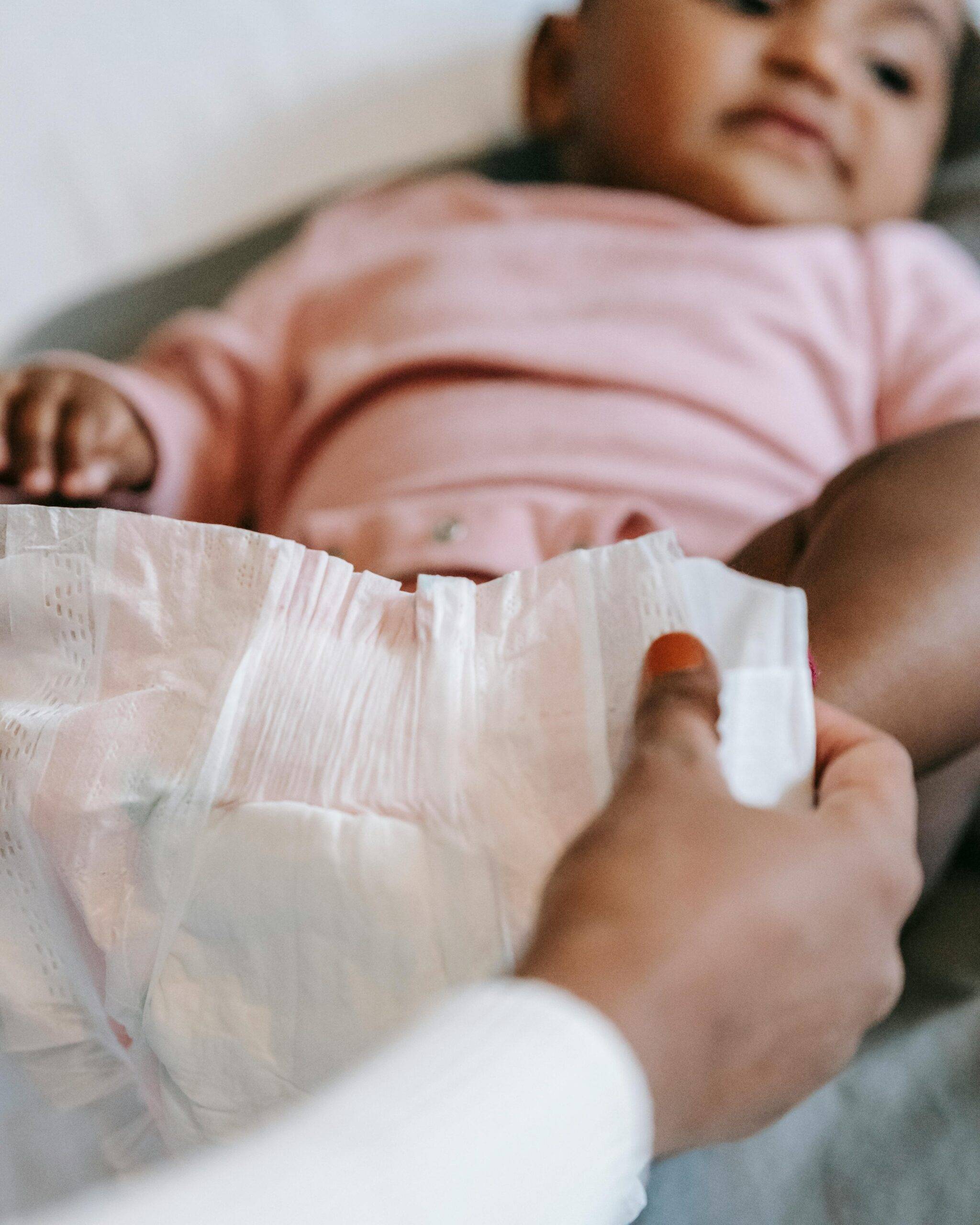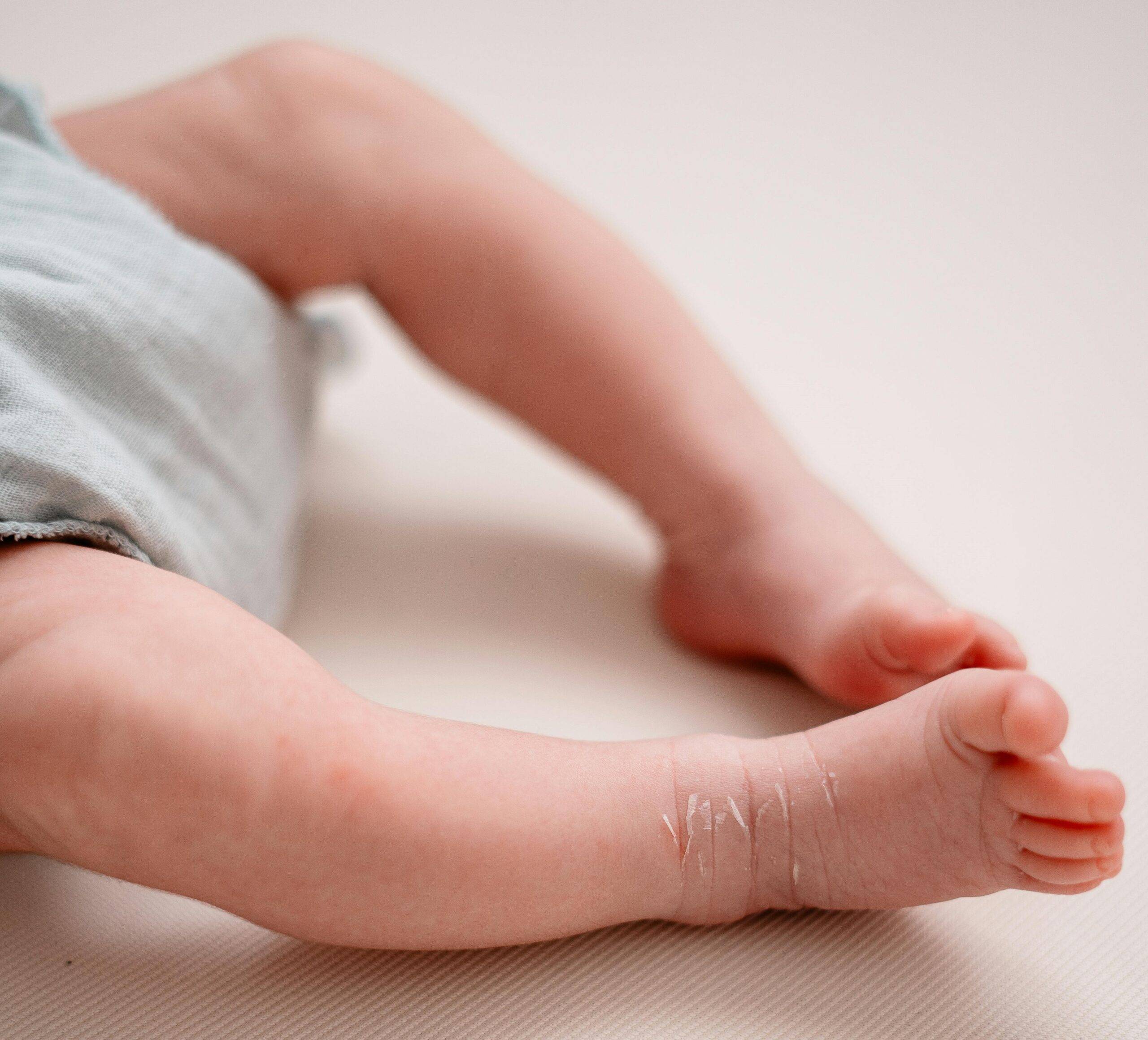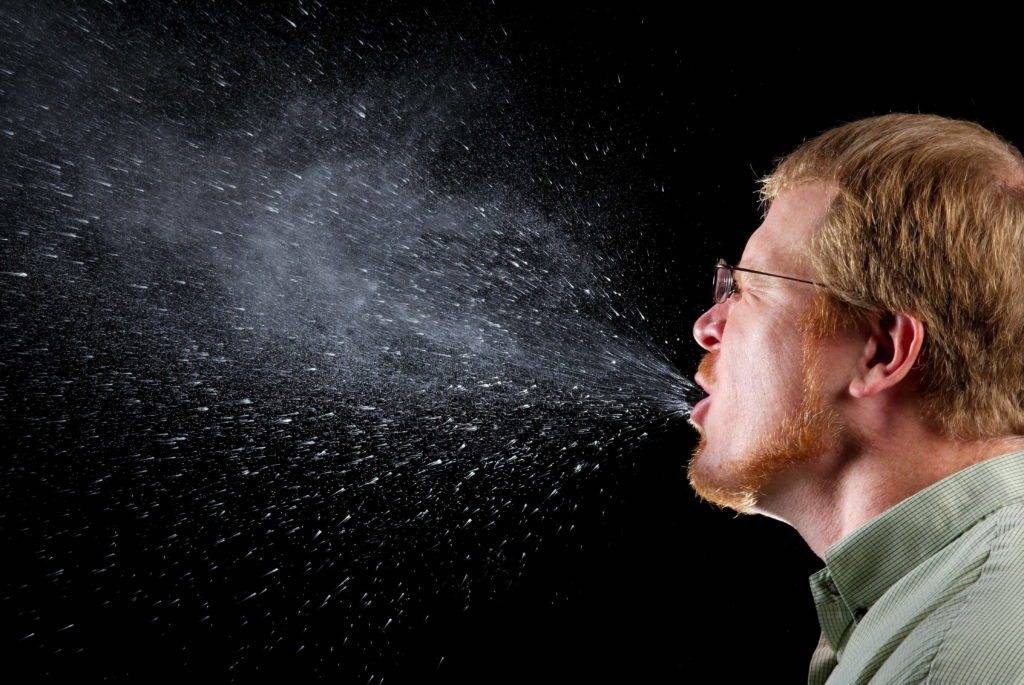If your baby’s diaper rash just won’t go away—even after using your go-to creams—it could be more than just a mild skin irritation. One powerful and often overlooked cause of persistent diaper rash is a yeast infection caused by Candida, a type of fungus that loves warm, damp places.

This guide will walk you through everything you need to know about Candida diaper rash. You’ll learn how to spot the warning signs, what treatments work, and how to stop it from coming back—so your baby (and you!) can feel better, faster.
What is Candida Diaper Rash?
Candida diaper rash is not your ordinary diaper rash. It’s caused by an overgrowth of a fungus called Candida albicans, a type of yeast that normally lives on our skin and in the digestive system.
While it usually stays in balance with other “good” bacteria, certain conditions can cause it to grow too much—especially in the warm, moist area under a diaper.
How it Happens
The diaper area is the perfect storm for yeast growth: it’s warm, it’s damp, and sometimes, it’s not cleaned as often as it should be (especially with nighttime diapering). If Candida finds this kind of environment, it can multiply fast and lead to a red, painful rash that’s hard to treat with regular creams.
Unlike regular diaper rash, which is often caused by friction or prolonged exposure to pee or poop, Candida diaper rash is an infection. That means it needs a different kind of treatment—and it can keep coming back if not handled correctly.
Common Causes: What Triggers a Candida Diaper Rash?
Understanding what causes candida diaper rash can help you prevent it. Here are the most common culprits:
1. Prolonged Wetness

Leaving a wet or dirty diaper on for too long creates a damp environment where yeast can flourish.
- Even a bit of lingering moisture is enough to cause a flare-up.
- Overnight diapers, while helpful, can sometimes trap too much moisture.
2. Infrequent Diaper Changes
If diapers aren’t changed often enough, the skin stays moist for longer, making it easier for Candida to grow and cause irritation.
- Try to change diapers every 2-3 hours during the day and right after a bowel movement.
3. Antibiotic Use
Antibiotics don’t just kill bad bacteria—they also wipe out the good bacteria that help keep yeast levels under control. This can lead to a sudden spike in Candida.
- If your baby has recently taken antibiotics (or if you are breastfeeding and you’ve taken them), be on the lookout for yeast-related symptoms like diaper rash or thrush.
4. Thrush in the Mouth
Oral thrush is a yeast infection in the mouth. If your baby has it, the yeast can pass through the digestive tract and show up in the diaper area.
- This is especially common in babies under 6 months.
- You might notice white patches in the mouth along with the rash.
In short: Candida is always hanging around—but when the environment is just right (or wrong!), it can cause a painful, stubborn diaper rash that needs special care to treat and prevent.
Recognizing the Signs of Candida Diaper Rash
Identifying a Candida diaper rash is crucial for effective treatment. Here are the key signs:
Appearance
- Bright Red, Shiny Rash: The rash often appears as a deep red and shiny area in the diaper region.
- Sharply Defined Edges: The rash typically has clear, distinct borders.
- Satellite Lesions: Small red bumps or pustules may appear around the main rash area.
- Involvement of Skin Folds: Unlike typical irritant diaper rash, Candida diaper rash often affects the creases of the groin and thighs.
Persistence and Discomfort
- Does Not Improve with Standard Barrier Creams: Regular diaper rash creams, such as zinc oxide, may not be effective.
- Increased Discomfort: Babies may seem more uncomfortable or irritable during diaper changes, if candida diaper rash sets in.
Why Proper Identification Matters
Standard diaper rash creams won’t clear up a yeast infection. Candida diaper rash requires antifungal treatment to resolve. Misidentifying the rash can lead to prolonged discomfort and potential worsening of the condition.
Treating Candida Diaper Rash
Consult Your Pediatrician
It’s essential to get a proper diagnosis from your pediatrician to confirm that Candida causes the rash.
Antifungal Creams
Your pediatrician may prescribe or recommend a topical antifungal cream such as Nystatin, Clotrimazole, or Miconazole. These creams help eliminate the yeast causing the rash.
How to Apply the Cream
- Clean and Dry the Area: Gently clean the diaper area with warm water and pat dry.
- Apply a Thin Layer: Spread a thin layer of the antifungal cream over the entire rash and any satellite lesions.
- Follow the Prescribed Duration: Continue using the cream for the full duration prescribed, even if the rash appears to improve quickly.
Continue Basic Diaper Care
- Frequent Diaper Changes: Change diapers promptly to keep the area dry.
- Allow Air Time: Let your baby go without a diaper for short periods to allow the skin to breathe.
- Avoid Powders: Do not use baby powders, as they can worsen fungal infections.
Preventing Recurrence: How to Keep Candida Diaper Rash from Coming Back
Once your baby’s Candida diaper rash is gone, the next big goal is to make sure it doesn’t come back. Yeast infections can be sneaky—they love warm, damp places like diapers—and they can return if the diaper area isn’t properly cared for. The good news?
A few smart habits can go a long way in keeping your baby’s bottom clear, healthy, and rash-free. Goodbye Candida diaper rash!
1. Keep the Diaper Area Clean and Dry
Yeast loves moisture. So, keeping your baby’s skin dry is one of the best ways to stop Candida from growing again.
- Gently clean the skin with warm water and soft cloths or fragrance-free wipes.
- Pat the skin dry—don’t rub.
- Let the area air-dry for a few minutes before putting on a new diaper.
2. Change Diapers More Often
Wet or soiled diapers create the perfect place for yeast to grow. Changing diapers as soon as they’re wet helps stop moisture from hanging around.
- Check diapers every 2 to 3 hours, even if they’re not full.
- Use overnight diapers that wick away moisture if your baby sleeps for long stretches.
3. Give Your Baby Some Diaper-Free Time
Letting your baby go without a diaper for short periods helps keep the skin dry and allows it to heal. Even a little diaper-free time each day can help prevent rashes.
- Spread a clean towel or waterproof mat on the floor.
- Let your baby kick and play without a diaper for 10–15 minutes a few times a day.
4. Apply Creams the Right Way
Make sure your baby’s skin is completely dry before putting any diaper cream. Moisture trapped under cream can cause irritation or help yeast grow again. If your doctor has prescribed a medicated cream, use it for the full time recommended, even if the rash looks better.
5. Avoid Baby Powders
While powder may seem helpful for keeping the skin dry, baby powders can make yeast infections worse and irritate your baby’s lungs. Stick with creams and ointments recommended by your pediatrician.
6. Consider Probiotics (with Doctor’s Approval)
If your baby has been on antibiotics, ask your pediatrician about probiotics. Antibiotics can kill the “good” bacteria in the gut that help keep yeast under control.
- Probiotics are healthy bacteria that support digestion and balance yeast levels.
- They come in baby-safe drops, powders, or formulas.
Never give supplements without consulting your doctor first.
By following these simple steps every day, you can help keep your baby’s skin healthy and reduce the chances of dealing with another tough diaper rash. Prevention is powerful!
When to Contact Your Pediatrician
Sometimes, diaper rash is just a mild irritation. But when it sticks around or looks unusual, it’s time to call your baby’s doctor. Getting help early can prevent the rash from getting worse—and make your baby feel better sooner. Here are key signs that mean it’s time to contact your pediatrician:
1. You Suspect a Yeast Infection
If the rash is bright red, has small red bumps (called satellite lesions), and doesn’t go away with regular diaper cream, it could be caused by Candida. This type of rash needs an antifungal cream, not just a barrier ointment.
2. No Improvement with Home Treatment
Tried all the basics—changing diapers more often, using gentle wipes, applying thick diaper cream—and the rash still isn’t going away? That’s a red flag. Your pediatrician can help figure out what’s really going on.
3. Signs of a Skin Infection
Call your doctor right away if the rash:
- Has pus or oozing
- Looks swollen or very red
- Smells bad
These can be signs of a bacterial infection, which may need a different kind of medicine.
4. Baby Has a Fever
A fever with a diaper rash can be a sign that the infection is affecting more than just the skin. Always report this to your doctor.
5. Rash Is Spreading Outside the Diaper Area
If the rash begins to show up on the belly, back, legs, or anywhere beyond the diaper, it’s time to get medical advice. This could mean the infection is spreading.
Remember: It’s always better to call your pediatrician if you’re unsure. Trust your instincts. If something doesn’t seem right, it’s okay to ask for help.
Protect Your Baby from Candida Diaper Rash

Candida diaper rash isn’t just another diaper rash—it’s a stubborn, itchy, and sometimes painful skin problem caused by a yeast called Candida. Because it looks different and doesn’t go away with regular diaper cream, it’s important to know how to spot it early.
When treated the right way—with help from your pediatrician and an antifungal cream—most babies feel better fast. Just as important is keeping the diaper area clean and dry, changing diapers often, and letting your baby go diaper-free a few minutes each day.
These small steps make a big difference in preventing the rash from coming back. If your baby has a diaper rash that doesn’t improve or seems to be getting worse, don’t wait—call your doctor.
And if your baby is taking antibiotics or has other yeast infections like thrush, be watchful for signs of Candida in the diaper area.
For trusted tips and expert advice on baby care, skin problems, feeding, and much more, check out these helpful resources from Omega Pediatrics:
- Lotrimin for Babies: Is This Antifungal Cream Safe for Diaper Rash?
- Infant Rashes Decoded: When to Worry and When to Simply Soothe
Your baby’s comfort matters. With the right care, you can tackle Candida diaper rash and keep your little one smiling.



